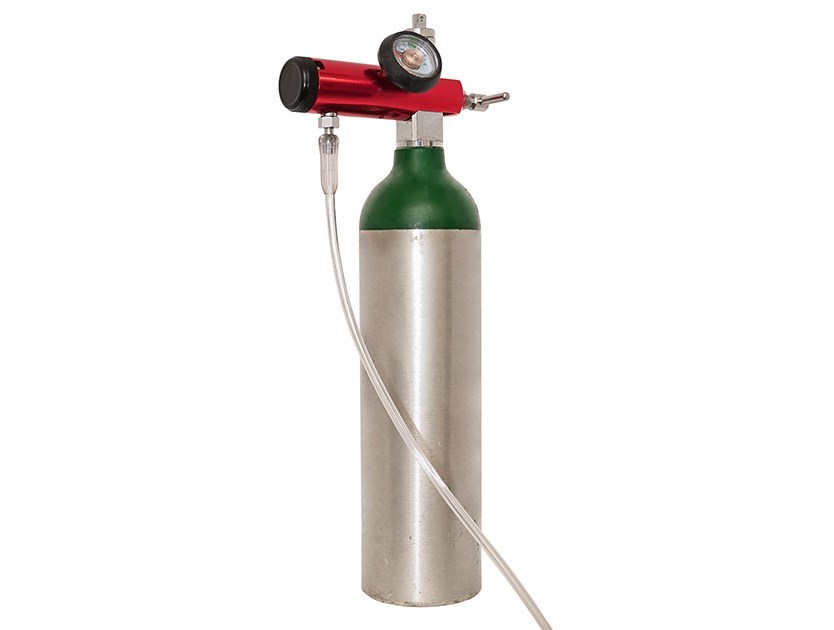How to protect yourself against quartz dust
Perform a risk assessment. Is it possible to eliminate the problem? If not, it may be possible to limit it by choosing equipment that minimizes the spread of dust containing quartz. Or encapsulate so that dust is not spread to employees. Remember to clean routinely. If it is not possible to eliminate or limit sufficiently, personal protective equipment is required.
Respiratory protection
When the results of the risk assessment and the choice of measures show that respiratory protection is needed, the protection must be such as to prevent inhalation of dust containing quartz. The protection must be adapted to
the user.
A half mask with replaceable class P3 filter is an example of respiratory protection that normally provides sufficient protection.
When the work is physically demanding or takes longer than two hours, a fan-fed respirator or a respirator with external air supply should be used.
In order to achieve the intended protective performance, it is important that the user of the respiratory protection has checked the tightness before each work shift. The respiratory protection’s user instructions describe how to check for leaks. It is important that the respiratory protection fits tightly against the face. Beards and stubble significantly reduce the protective performance.
There must be documented procedures for adaptation, control, maintenance and storage of respiratory protection. Employees must be able to understand the procedures, and the procedures must be available at the workplace.


